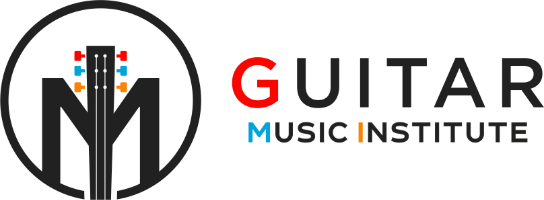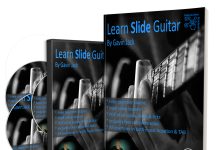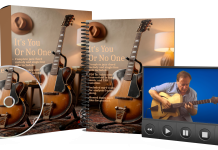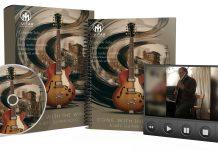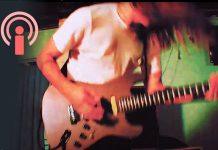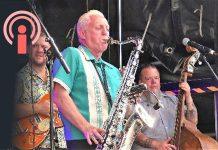First Published in 2005. Routledge is an imprint of Taylor & Francis, an informa company.
Anatomy of a Home Studio, How Everything Really Works, from Microphones to MIDI
From the pages of Electronic Musician magazine come these words of wisdom from Scott Wilkinson. He bridges the information gap between beginner and high-end user as he demystifies the decibel, explains SCSI secrets, and makes sense of MIDI.
Other topics include the principles of digital audio, effects processors, microphones and more. You’ll also get two glossaries: one general and the other packed with Internet terms.
365 Guitars, Amps & Effects You Must Play, The Most Sublime, Bizarre and Outrageous Gear Ever
Here is the ultimate bucket list of guitars, amps, and effects that aficionados must play. Included are classics, dream creations, the outrageous, and your beloved childhood guitar. Photographs and memorabilia make this the perfect impulse buy or giftbook for all guitarists.
Directory of Contemporary American Musical Instrument Makers
This unique reference book is a compendium of makers and manufacturers of every variety of musical instrument made in the United States today. It provides names and addresses of instrument makers indexed alphabetically.
Each entry gives all known information on the total and annual number of instruments the maker has produced, the number of workers in the shop, the year the individual or firm began manufacturing instruments, whether the instruments are available on demand or made to order, and whether a brochure is available from the maker.
Complete cross-references are provided for companies known by more than one name, for partnerships, and for parent and subsidiary firms. Instruments are also indexed, and makers are listed by state for the convenience of the reader.
Lists of schools of instrument making and relevant organizations and publications are included as appendixes. The directory will serve two major purposes. First, it will be an invaluable source of information for historians and for the rapidly growing number of collectors of musical instruments, who will be able to use the data gathered here in appraising instruments and tracing their history.
The second purpose is simply to increase communication among instrument makers and to make their names available to retail and wholesale outlets for their products.
The New Guitar Course, Book 3, Here Is a Modern Guitar Course That Is Easy to Learn and Fun to Play!
A modern approach for guitar teachers and students who prefer rock, folk, country and blues music included in their course of study.
Electrifying Strings: The History of Electric Guitars
**Electrifying Strings: The History of Electric Guitars** is the definitive guide to the captivating world of electric guitars. From their humble beginnings to their iconic status in modern music, this book explores the evolution, impact, and legacy of these extraordinary instruments.
**Immerse yourself in the captivating narrative of electric guitars:** * Trace their journey from experimental origins to widespread adoption in the mid-20th century. * Discover the stories behind iconic instruments and the innovations that revolutionized guitar playing.
* Explore the impact of electric guitars on the birth of rock and roll, their influence on jazz, blues, and country music, and their enduring legacy in metal, indie, and electronic music. **Delve into the technical aspects of electric guitars:** * Understand the science behind their unique sound and the craftsmanship that goes into their construction.
* Learn about the different types of pickups, amplifiers, and effects used by guitarists to create their signature tones. **Celebrate the artistry and innovation of electric guitars:** * Meet the legendary musicians who have wielded these instruments to create unforgettable moments in music history.
* Discover the stories of the pioneering luthiers whose designs changed the course of music. * Explore the enduring legacy of electric guitars and their continued influence on popular culture. **Electrifying Strings is the ultimate tribute to the electric guitar, an instrument that has left an indelible mark on music and culture.
** Through its pages, we celebrate the artistry, innovation, and enduring allure of these iconic instruments. Join us on a journey through the history of electric guitars and discover the stories, the sounds, and the legends that have made them truly electrifying.
**This book is a must-read for:** * Guitarists of all levels, from beginners to seasoned professionals * Music enthusiasts fascinated by the history and impact of electric guitars * Anyone interested in the evolution of popular music and culture * Collectors and enthusiasts of vintage and modern electric guitars If you like this book, write a review!
Jazz Pedagogy, The Jazz Educator’s Handbook and Resource Guide
DVD provides over three hours of audio and video demonstrations of rehearsal techniques and teaching methods for jazz improvisation, improving the rhythm section, and Latin jazz styles.
